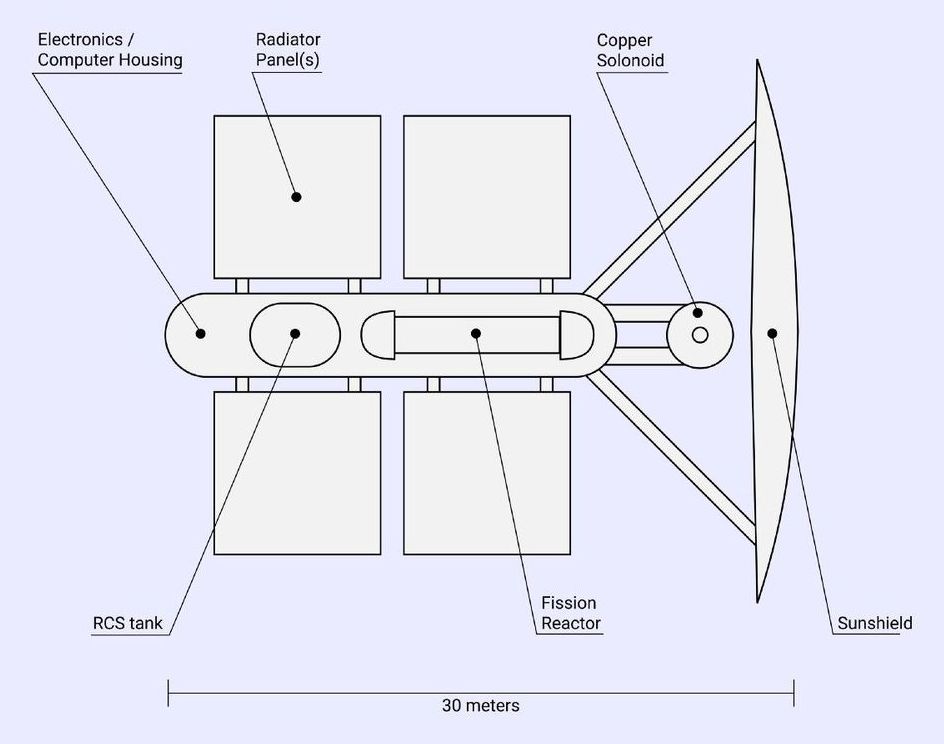Something odd is stirring in the depths of Canada’s Kidd Mine. The zinc and copper mine, 350 miles northwest of Toronto, is the deepest spot ever explored on land and the reservoir of the oldest known water. And yet 7,900 feet below the surface, in perpetual darkness and in waters that have remained undisturbed for up to two billion years, the mine is teeming with life.
Many scientists had doubted that anything could live under such extreme conditions. But in July, a team led by University of Toronto geologist Barbara Sherwood Lollar reported that the mine’s dark, deep water harbors a population of remarkable microbes.
The single-celled organisms don’t need oxygen because they breathe sulfur compounds. Nor do they need sunlight. Instead, they live off chemicals in the surrounding rock — in particular, the glittery mineral pyrite, commonly known as fool’s gold.






